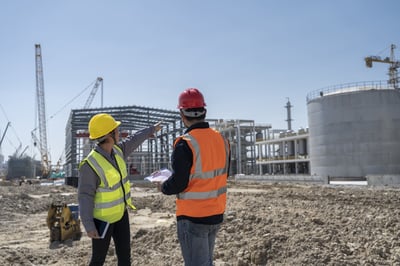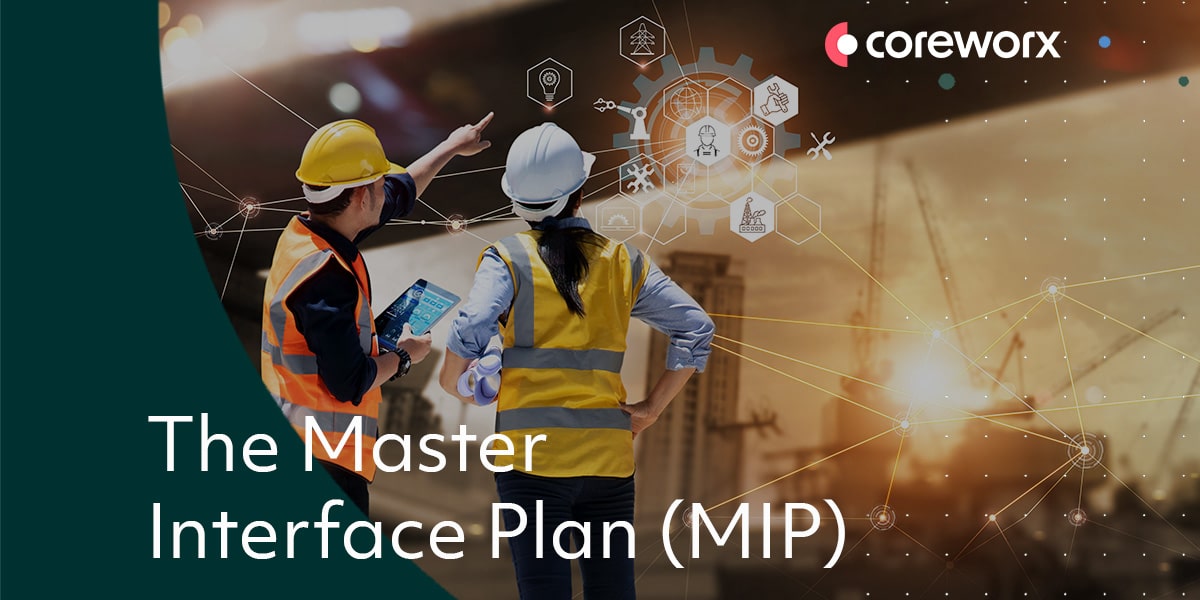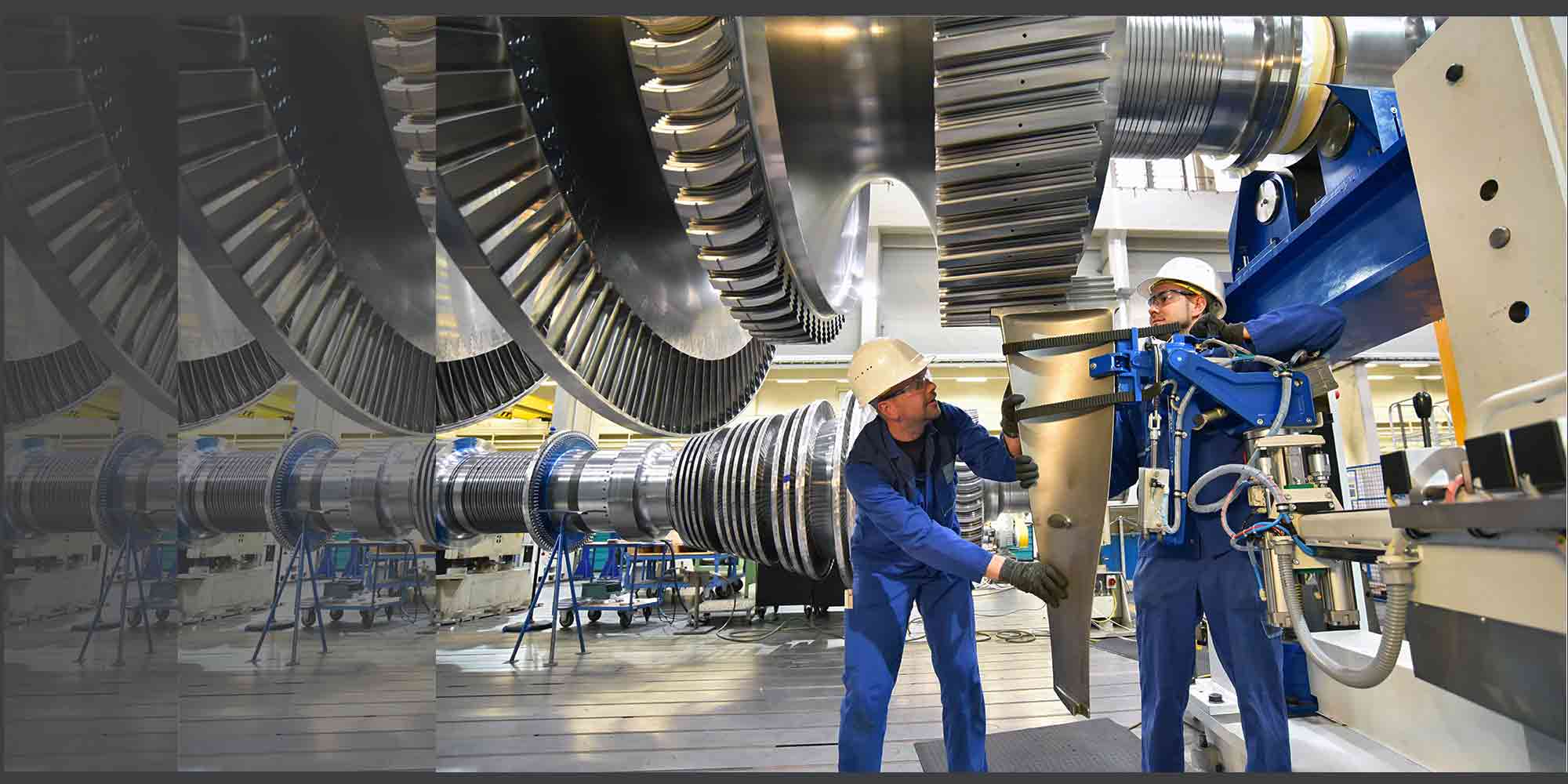
What is Interface Verification for Capital Projects?
It's well understood by owner-operators who fund the design and construction of major projects that formally implementing the best practice of interface management helps reduce integration issues between project delivery teams that ultimately lead to rework and cost growth. One essential step in the overall interface management practice, sometimes overlooked, is interface verification. In this article, we'll define what interface verification is, why it's important to project execution, and what steps practitioners need to follow to complete it.
What is Interface Verification?
Interface verification is a proactive quality assurance process that requires designated project team members to actively confirm interface agreements are implemented at interface points and that reported progress has actually been achieved. Verification requires confirmation that interface agreements comply with regulations and that all interfacing delivery teams have taken the necessary actions to integrate the terms of each agreement into their respective scopes of work.
Interface verification processes are performed through interface agreement reviews (supported by interface management software), regular interface design reviews, and physical inspections.
Why is Interface Verification Important?
Interface verification is important because it helps ensure the correctness and completeness of each project interface and that client expectations and industry standards are met. Incorporating this quality assurance step into your overall process creates the formal requirement to confirm integration points and will help ensure alignment and technical compliance across project interfaces.
Without interface verification, interface agreements may be closed prematurely and there is zero assurance that your critical interface management process has been accurately executed.
Michael Bible speaks to this process in the official book on Project Interface Management:
"For example, an agreement is reached on the location of a junction box for the two parties to make an electrical connection. As soon as the two parties agree on the location, the interface agreement is closed. Using this approach, there is no proof that the agreed-upon location was ever actually implemented into the design or physically placed in the right location. In this approach, interface verification requires both...
1) a review of detailed engineering drawings to confirm the location was added to the relevant documents and,
2) a physical check of its placement during installation to confirm that it is indeed placed in the right location."
Project Interface Management - Reducing Risk on Major Projects, Bible & Bivins, 2018, p.197
It is essential to perform interface verification on a regular basis to reduce the identification of issues during later project phases. The earlier interface issues are found, the less costly they are to fix.
How to Perform Interface Verifications
Interface verification is typically conducted by the project's interface manager, an individual with interface responsibility who is also independent of the  interface delivery teams responsible for the interface. While there are multiple verification techniques, some methods used to verify interfaces include:
interface delivery teams responsible for the interface. While there are multiple verification techniques, some methods used to verify interfaces include:
- Interface Agreement Reviews
- Interface Design Reviews
- Physical Inspections
Interface Agreement Reviews
In an automated workflow-driven environment, verification can include a final verification step in the interface agreement work process and/or the ability to set an indicator to visually identify the agreement as verified. The interface agreement is not considered complete until:
- The designated individual (or team) verifies that both parties have incorporated the agreement in the relevant design documents and deliverables. This step occurs before the agreement is closed and requires delivery of the relevant documentation as part of the response.
- The response is provided and the agreement is reached; however, the relevant documentation verifying the solution/approach may or may not be provided. Verification is conducted on closed agreements later, with an indicator on each agreement set once verified.
An early form of verification, interface agreement reviews find deviations before they become serious issues and may require re-submission of the interface agreement.
Interface Design Reviews
Regular interface design reviews are conducted during the detailed design phase.
Using online interface registers, each interface point is reviewed, giving technical representatives involved in the interface an opportunity to assess design work and alignment. Capturing key technical or process data for each interface is a method that can support design reviews by providing greater visibility of the design elements which must be aligned to ensure technical compliance.
Performing regular interface design reviews and other alignment meetings is essential when dealing with multiple and/or global delivery teams. These meetings can include:
- Regular weekly interface meetings between interfacing delivery teams
- Yearly or quarterly global interface meetings that bring all interface stakeholders together. Tip: If possible, align global meetings with model reviews which often result in changes that can impact interfaces.
- Interface design reviews can be executed periodically
Interface Inspections
Inspections are an integral part of construction and engineering. They are performed to identify deficiencies and potential safety hazards. During an inspection, interfaces that do not conform to requirements and specifications may be identified and raised as potential issues. Change requests ($$) may be needed as a result.
Interface inspections will vary depending on the interface. Types of interface inspections can include:
-
Progress
-
Quality control inspections (may be scope-specific; e.g., ensure electrical work is completed before the drywall goes up)
-
Safety
-
Environmental
Yazan Abualfeilat discusses the various inputs, tools, and outputs that are used in the interface validation and verification process on rail projects. The outputs include verified or validated interface points and the identification of interface issues to be resolved.
|
Inputs |
Tools and Techniques |
Outputs |
|
|
|
Figure 2: Inputs, tools, and outputs used in the interface validation process (Abualfeilat, Y. (2012) Mapping Interface Management to Project Management: Railway Project Case Study. LAP Lambert Academic Publishing)
Trust, but Verify
"Trust, but verify"; this principle is often attributed to Ronald Reagan, who used it in the context of nuclear disarmament negotiations during his presidency. The phrase emphasizes the importance of not blindly accepting information or claims without confirming or validating them. It suggests that true confidence comes from verifying the accuracy or occurrence of events rather than relying solely on trust. While interface verification is not tied to any party trying to deceive another, in the accelerated schedules of megaprojects being executed by numerous contributors, steps can get overlooked if they are not formalized and verified. To ensure your interface management practice is being followed and that it's truly supporting successful integration across your project, interface verification is essential and, with a few simple techniques, is relatively easy to incorporate into your standard process.
Project teams that adhere to this principle and take advantage of the tools and techniques described in this article will have the advantage of fewer interface issues during late-stage project phases. Adding rigor in the QC/QA process in the form of interface verification meetings confirming that all agreements have been completed will ensure continued success in delivering successful projects.
"Interface verification is key to ensuring that the final system is integrated into a whole while preventing late stage development and integration problems that result in quality issues and rework, inevitably resulting in cost overruns and schedule delays."
Project Interface Management - Reducing Risk on Major Projects-Bible & Bivins, 2018, p. 213
Learn more about Interface Management
Are you looking for more information about the practice of interface management on major projects? Check out our Interface Management 101 page.
Are you looking to drive your interface management practice with the industry's top interface management software solution? Check out Coreworx Interface Connect. For a more custom look at the software and to discuss your requirements with our interface management experts, request a demo today.





